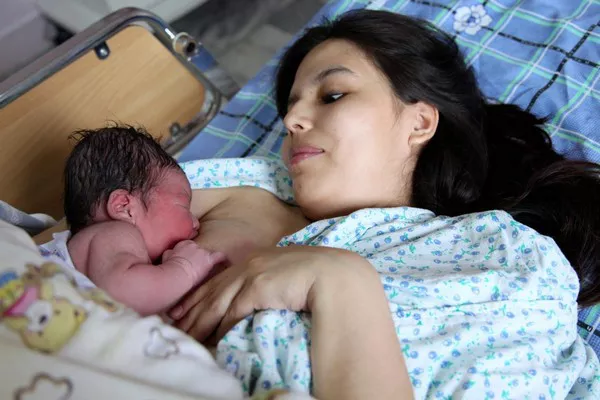Sudden Infant Death Syndrome (SIDS) is a tragic and devastating occurrence that affects families across the globe. While the exact cause remains elusive, research has provided valuable insights into when the risk of SIDS is highest. In this comprehensive article, we’ll delve into the critical factors contributing to SIDS risk and offer expert guidance on prevention. By understanding these factors, you can take proactive steps to create a safer sleep environment for your baby.
1. Age of the Infant:
The age of the infant plays a pivotal role in determining the risk of SIDS. Studies consistently show that the majority of SIDS cases occur between the ages of one and four months.
1.1. Newborns (0-1 Month):
Newborns are the most vulnerable to SIDS. Their tiny bodies are still adjusting to the world, and they lack the muscle control to reposition themselves if their airway becomes obstructed. This age group accounts for a substantial portion of SIDS cases.
1.2. Infants (1-4 Months):
Infants aged one to four months are at the highest risk of SIDS. This period is characterized by an increase in physical development and mobility, but it’s also when their airways remain fragile. It’s crucial to maintain a safe sleep environment throughout this phase.
2. Sleep Environment:
Creating a safe sleep environment for your baby is paramount in reducing the risk of SIDS. Several factors within the sleep environment can significantly impact a baby’s safety.
2.1. Sleeping Position:
Experts unequivocally recommend placing infants on their backs to sleep. This position ensures that their airways remain clear and reduces the risk of suffocation or rebreathing of carbon dioxide.
2.2. Bedding and Accessories:
A crib should be free of soft bedding, including pillows, blankets, and bumper pads, which can pose suffocation hazards. Instead, opt for a firm, flat sleep surface and dress your baby in appropriate sleepwear to maintain a comfortable temperature.
2.3. Room Temperature:
Maintaining an optimal room temperature between 68-72°F (20-22°C) is essential. Overheating can increase the risk of SIDS. Use a room thermometer to ensure a comfortable sleep environment for your baby.
2.4. Safe Sleep Space:
Establish a separate, safe sleep space for your baby in your room for the first six months of life. Sharing a room (but not a bed) can reduce the risk of SIDS by up to 50%, according to the American Academy of Pediatrics (AAP).
3. Smoke Exposure:
Exposure to cigarette smoke, both during pregnancy and after birth, is a significant risk factor for SIDS. The harmful effects of tobacco smoke on infant health cannot be overstated.
3.1. Maternal Smoking:
Pregnant women should abstain from smoking and avoid exposure to secondhand smoke. Smoking during pregnancy can negatively affect fetal development and increase the risk of SIDS after birth.
3.2. Smoke-Free Environment:
Create a strict no-smoking policy in your home and car. Encourage family and visitors to respect this policy to protect your baby from harmful secondhand smoke.
4. Premature Birth and Low Birth Weight:
Babies born prematurely or with low birth weight face a heightened risk of SIDS. These infants may have underdeveloped organs and systems, making them more vulnerable.
4.1. Prenatal Care:
Seek comprehensive prenatal care to reduce the risk of premature birth and low birth weight. Regular prenatal check-ups and adhering to your healthcare provider’s advice are critical steps in preventing these risk factors.
5. Sudden Temperature Changes:
Fluctuations in room temperature can increase the risk of SIDS. Maintaining a consistent sleep environment is crucial for your baby’s safety.
5.1. Dressing for Sleep:
Dress your baby appropriately for the room temperature. Use lightweight, breathable fabrics in warm weather and layer clothing in colder conditions to ensure your baby stays comfortable throughout the night.
Conclusion:
Understanding when the risk of SIDS is highest is vital for parents and caregivers. While there is no guaranteed method to prevent SIDS, adhering to safe sleep practices and minimizing risk factors can significantly reduce the likelihood of this heartbreaking occurrence. Always consult with your healthcare provider for personalized guidance on keeping your baby safe and healthy. By taking proactive measures, you can provide your baby with the best possible protection against Sudden Infant Death Syndrome.


